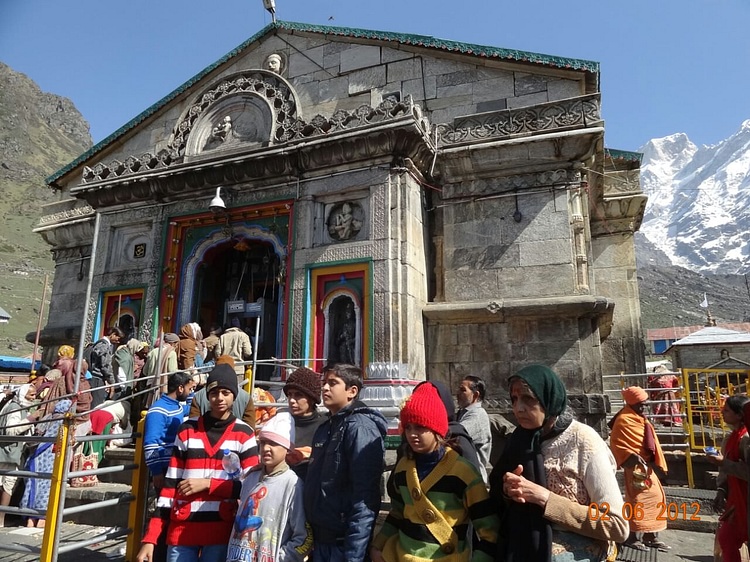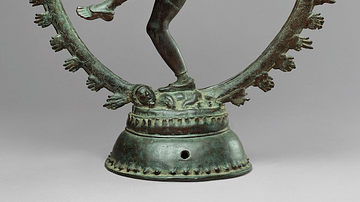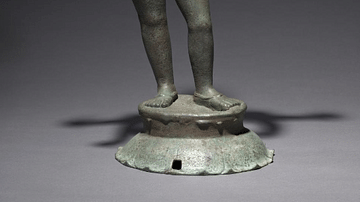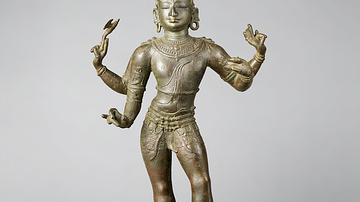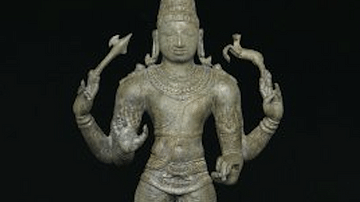Server Costs Fundraiser 2024
Illustration
The Kedarnath temple in the Himalayas of India dates back to the 8th century CE. A famous myth associated with the site involves the Mahabharata war which occurred between the Kauravs and Pandavas. The Pandavas, feeling guilty for killing their relatives, sought the blessing of Lord Shiva for liberation. Shiva, however, was unwilling to reveal himself to the Pandava brothers and so hid in Guptakashi. When the Pandava brothers finally found Shiva the god disguised himself at Kedarnath as a buffalo and he buried himself underground. However, Shiva left his hump still visible on the surface and so was discovered by the brothers. (According to tradition this hump later formed into a natural rock and was worshiped at Kedarnath as a manifestation of Shiva). Shiva, once discovered and pleased with the perseverance of the Pandavas, absolved them from their sin and so they built the temple. The temple is a holy place for Hindu pilgrims and they travel the critical paths at the site in order to worship Shiva.
About the Author
Cite This Work
APA Style
TIWARI, D. (2015, June 19). Kedarnath Temple. World History Encyclopedia. Retrieved from https://www.worldhistory.org/image/3933/kedarnath-temple/
Chicago Style
TIWARI, DIKSHA. "Kedarnath Temple." World History Encyclopedia. Last modified June 19, 2015. https://www.worldhistory.org/image/3933/kedarnath-temple/.
MLA Style
TIWARI, DIKSHA. "Kedarnath Temple." World History Encyclopedia. World History Encyclopedia, 19 Jun 2015. Web. 26 Jul 2024.

